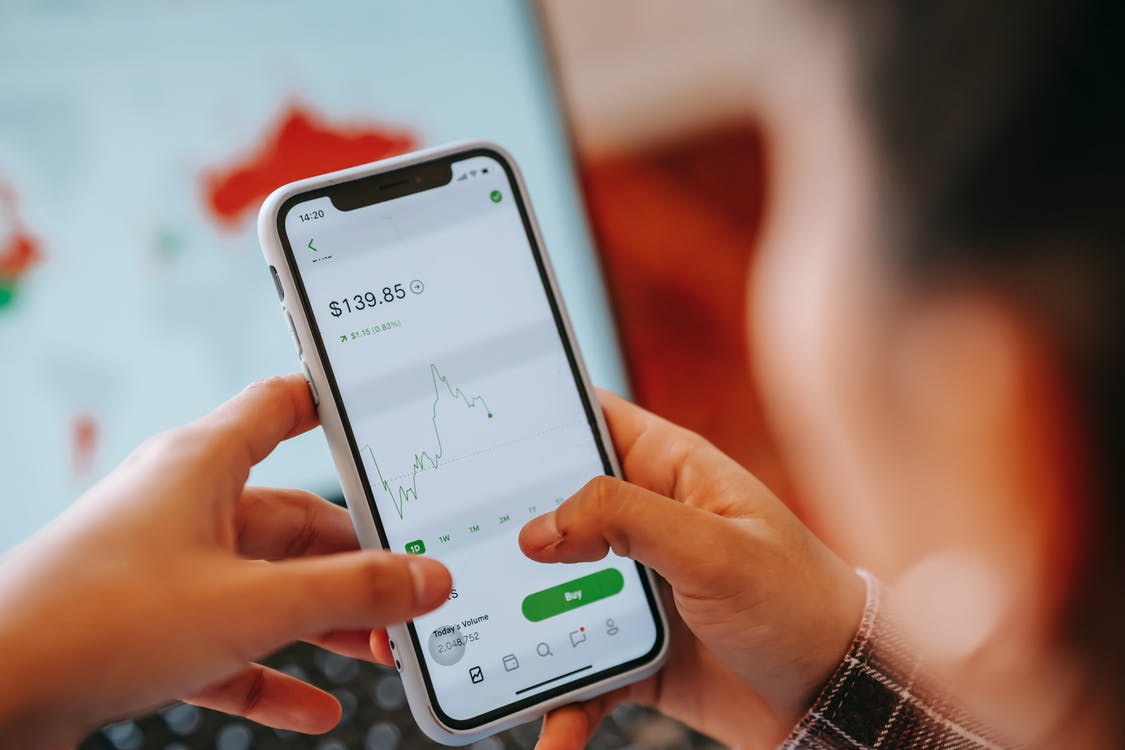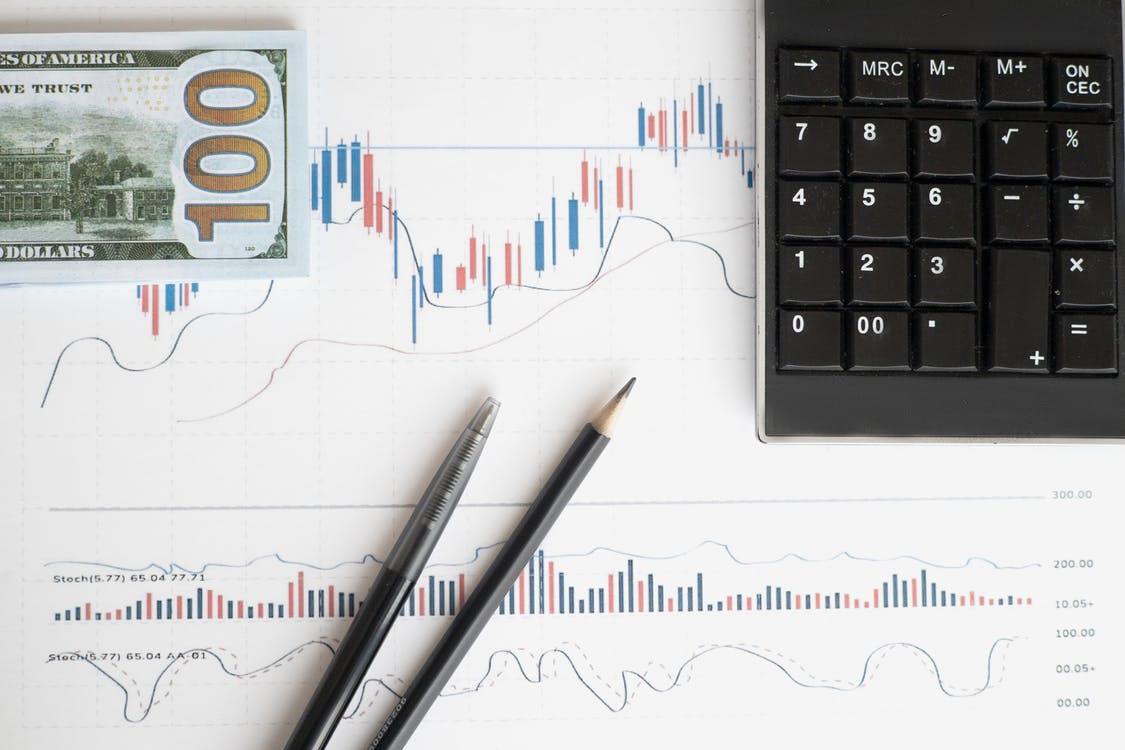LAMM trading gives investors a simple way to trade, without the need to carry out analysis and execute deals themselves. By connecting to a trader’s account, customers can automatically copy trades in return for a commission fee. Read on to find out how LAMM trading works, the pros and cons plus how to open a LAMM solution.
How Does LAMM Trading Work?
Lot Allocated Management Module (LAMM) trading is a form of managed trading account system that works by having a central account run by a trader (money manager), to which investors can connect and automatically copy trades.
Traders’ and investors’ funds are stored in separate accounts, which are managed through a broker. LAMM software provided by the company enables the money manager’s trades to be automatically copied by the investor. No interaction is required from the investor’s side, though they can choose to disconnect and stop trading at any point.
This setup means that when the money manager makes a profit, the investor also profits. Equally, trader losses are reflected onto the investor.
In return for the service, investors pay commission fees to the trader, which is usually a percentage of the profit.

Investors have the option to set a replication ratio that determines the capital used for each trade.This flexibility allows investors to use different leverage and only participate if they are comfortable with the risk.If a replication ratio is applied, a proportion of the profit or loss will be received.
A key benefit of LAMM trading is that investors are also allowed to invest in multiple money managers at once, spreading the risk.However, the investor must deposit the same balance as the money manager, which can make LAMM trading inaccessible for some traders.Overall, LAMM trading can be a great choice for beginners or those that do not feel comfortable in analysing and executing their own trades.
LAMM Vs PAMM Vs MAM
Percentage Allocated Module Manager (PAMM) and Multi-account Management (MAM) accounts are alternative managed systems that allow traders to profit without executing trades themselves.
Unlike LAMM, a PAMM solution splits profits or losses among investors as a proportion of their initial deposit, minus any commission fees.
MAM is a flexible derivative of PAMM that allows trades to be allocated in a non-proportional way.
Introduction to LAMM Trading
Investors can choose to take on more risk by using leverage, resulting in different returns for investors who are using the same money manager. The profits or losses received using a LAMM solution are not proportional to the funds within the account, unlike with PAMM and MAM trading. Instead, if the trader buys a lot, the investor will also automatically buy a lot (or a proportion if using a replication ratio).
LAMM Trading Example
Here we provide a step-by-step example of how LAMM trading works. In this scenario, one client invests in two money managers:
- Manager 1 has a balance of $1000 and commission fees of $30
- Manager 2 has a balance of $5000 and commission fees of 10%
- Investor 1 has a balance of $10,000. He chooses to replicate Manager 1’s account with a ratio of 1:1 and Manager 2’s account with a ratio of 1:5
- Manager 1 makes a profit of $200, meaning Investor 1 receives $170 ($200 – $30 commission fee)
- Manager 2 makes a profit of $500, meaning Investor 1 receives $450 ($500 – 10% commission fee)
In total, investor 1 makes a profit of $620.
Pros of LAMM Trading
LAMM trading offers several advantages:
- Investors can allocate funds to several LAMM terminals, diversifying their portfolio and reducing the trading risk.
- Brokerages act as a guarantor by segregating the trader’s and investors’ capital, as well as providing statistics and performance history of different money managers.
- Investors have the flexibility to choose a replication ratio and to stop automatically copying trades at any point.
- The money manager trades with their own funds, giving them an incentive to trade responsibly.
Cons of LAMM Trading
As with all trading, there are several risks associated with LAMM trading:
- LAMM solutions may require a large deposit, as investor’s funds must match the balance of the money manager.
- All investors are at risk of making a loss, which is dependent on the money manager’s decisions and cannot be influenced by the investor.
How to Start LAMM Trading
To start LAMM trading, you’ll need to select a provider, select the money manager(s) and monitor the trades.
1. Introduction to LAMM Trading
Investors can choose to take on more risk by using leverage, resulting in different returns for investors who are using the same money manager. The profits or losses received using a LAMM solution are not proportional to the funds within the account, unlike with PAMM and MAM trading. Instead, if the trader buys a lot, the investor will also automatically buy a lot (or a proportion if using a replication ratio).
Select A Broker
The first decision to make is which platform to use. Below we list the most important factors when selecting a LAMM provider. Also, use our LAMM Broker List to pick the best one for you.
- Regulation – selecting a regulated company means they have to comply with certain standards, providing peace of mind that your funds are in good hands. Not all regulators are equal, so check their reputation and which standards they enforce.
- Software – visibility and management of trades are important when relying on a money manager. Make sure you can see what is happening in real-time, plus ensure you have the ability to easily adjust the ratio or disconnect your LAMM account.
- Assets – LAMM trading can be carried out on a range of instruments including forex, stocks, indices, and CFDs, depending on the provider and account type. Some assets are more volatile than others, so make sure your platform offers assets that align with your LAMM trading strategy.

2. Select A Money Manager(s)
Once you’ve settled on a provider, you’ll need to select a LAMM money manager to execute the trades. Things to consider include:
- Performance history – checking a manager’s LAMM trading history is the best way to verify how good they are.
As with all trading, this does not guarantee the future performance of the money manager. Equally all managers will have bad days – it is their overall performance that counts.
- Balance – the money manager’s funds will control the minimum deposit required, which may determine whether they are a feasible investment or not.
- Fees – each fund manager will charge their own LAMM trading commission fees, which will be either a flat fee or a percentage of the profits. Weigh this up against their performance to ensure you’re getting the best value for your investment.
3. Choose A LAMM Trading Strategy
The best LAMM trading strategies are built upon fundamental trading rules. Primarily, diversify your portfolio to reduce risk. Professional traders will never choose to invest more than a couple of percent of their capital in a single trade, and will aim to balance high-risk assets such as cryptos with less volatile stocks.
Select a money manager that takes this approach, or construct this setup yourself through careful selection of different managers.
Final Word On LAMM Trading
LAMM trading enables investors to capitalise on the experience of trading managers by automatically copying their trades. The process is facilitated by a brokerage, who segregates investors’ and traders’ funds and provides the software to execute the trades. However, taking the responsibility away from the investor means they have to accept the consequences of the money manager’s trades – which could be a profit or a loss.
FAQs
What Is LAMM Trading?
LAMM trading is the automatic copying of an account manager’s trades.
This allows investors to replicate the activity of potentially more experienced traders, and receive the same profit or loss.
